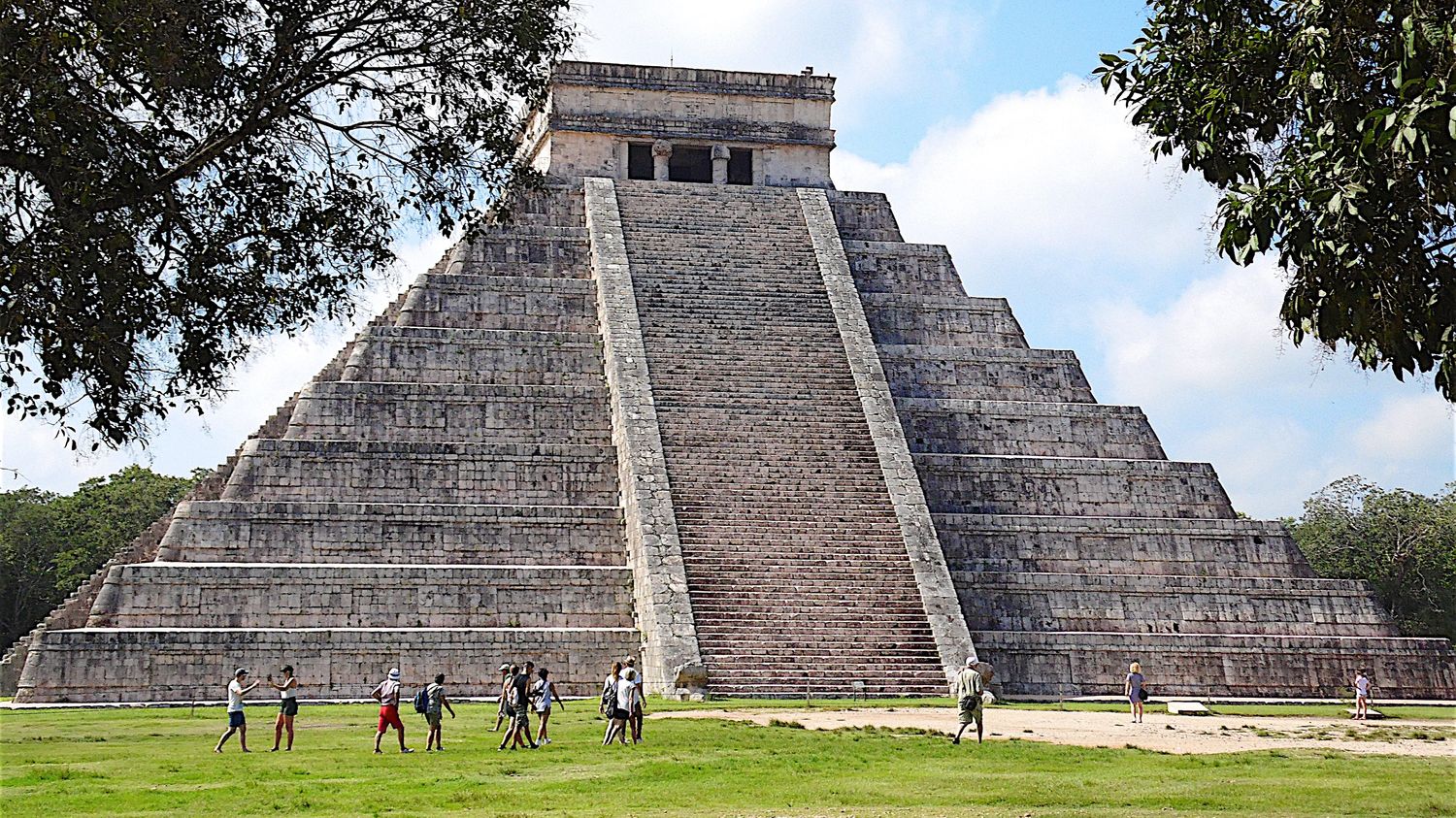A team of American researchers has found that the towns of the Mayan period that lasted the longest are those whose governance was collective.
Why did some cities in South America during Maya times last longer than others? Researchers from Boston University, Georgia and the Field Museum in Chicago examined the remains of 24 ancient cities in what is now Mexico. These cities were all founded between 1,000 and 300 BC.
>> Discovery of a gigantic Maya city: “This changes our perspectives on the process of sedentarization”, explains a researcher
The objective was to try to understand why some of them only lasted a century while others lasted more than 1,000 years. These archaeologists and historians have discovered that the cities whose apogee was the longest are those which have set up collective forms of governance and which have invested in public infrastructures. These cities had a longer lifespan and a more lasting regional influence than those whose organization was more authoritarian, more hierarchical and with a great disparity of wealth.
The importance of community places
The researchers closely studied the ruins and traces of buildings on the ground, the size and the possible personalization of the places of power, such as their apparent connection to powerful family dynasties, for example. The cities that have known the longest heyday are those that have invested the most in collective infrastructure: markets, temples, water management companies, local agricultural communities, neighborhoods for families or even public places to exchange. All these community infrastructures have made it possible to improve exchanges and links between the inhabitants and have visibly made it possible to limit the desire to emigrate elsewhere.
A lesson from the past that remains relevant, according to the researchers: other historical research has shown that these ancient cities of Mexico also had to face different natural challenges in their time: droughts, floods, earthquakes, or storms. The cities that have lasted the longest, thanks to the infrastructures just mentioned, are also those that have best coped with these natural events.
For these American researchers, this should remind us that it is difficult to adapt to climate change, without taking into account the type of governance and in particular spaces for collective exchange.
